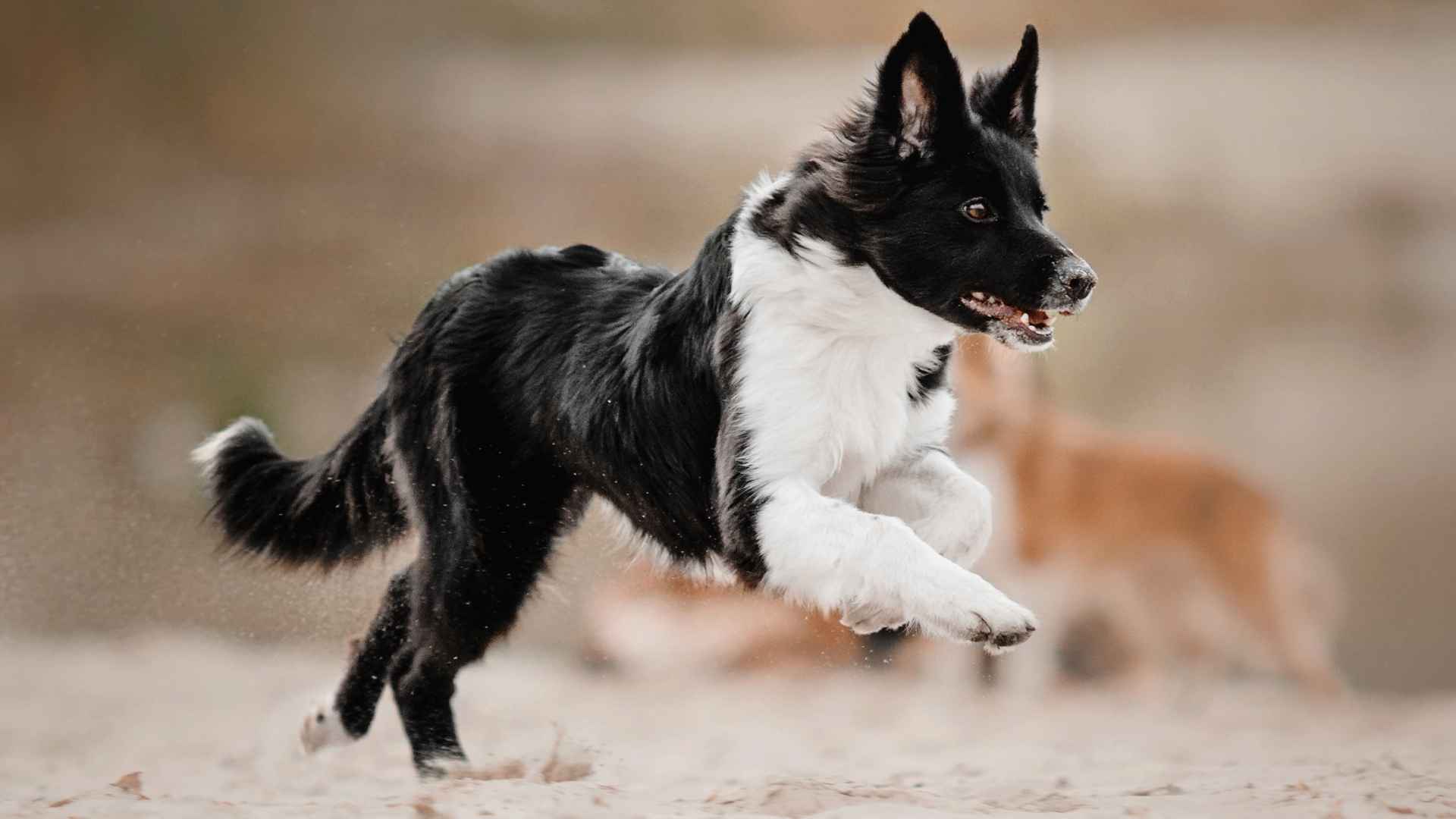Imagine trying to confine a tornado inside a shoebox. That’s exactly what it feels like living in an apartment with a high-energy dog breed! While some pups are perfectly content lounging on a cozy rug and watching the world go by from the window, others are wired for speed, agility, and endless activity. These dogs aren’t just energetic—they’re full-blown dynamos.
These high-energy breeds are intelligent and driven, but without enough space, physical and mental stimulation, they can quickly turn your apartment into a disaster zone. Zoomies down the hallway, chewed-up furniture, and constant barking aren’t just annoying—they’re signs of a dog who’s desperately under-stimulated.
Let’s explore the most high-octane dog breeds that may not thrive in tight living quarters. It’s not about labeling them “bad apartment dogs or worst dog breeds”—it’s about understanding their needs and setting them up for success.
If you’re thinking about adopting one of these spirited pups, be ready for a lifestyle that includes daily adventures, mental games, and a whole lot of outdoor fun. Because when it comes to dogs with rocket-fuel energy, space—and time—are everything.
High-Energy Dog Breeds Not Suitable for Apartments
1. Border Collie
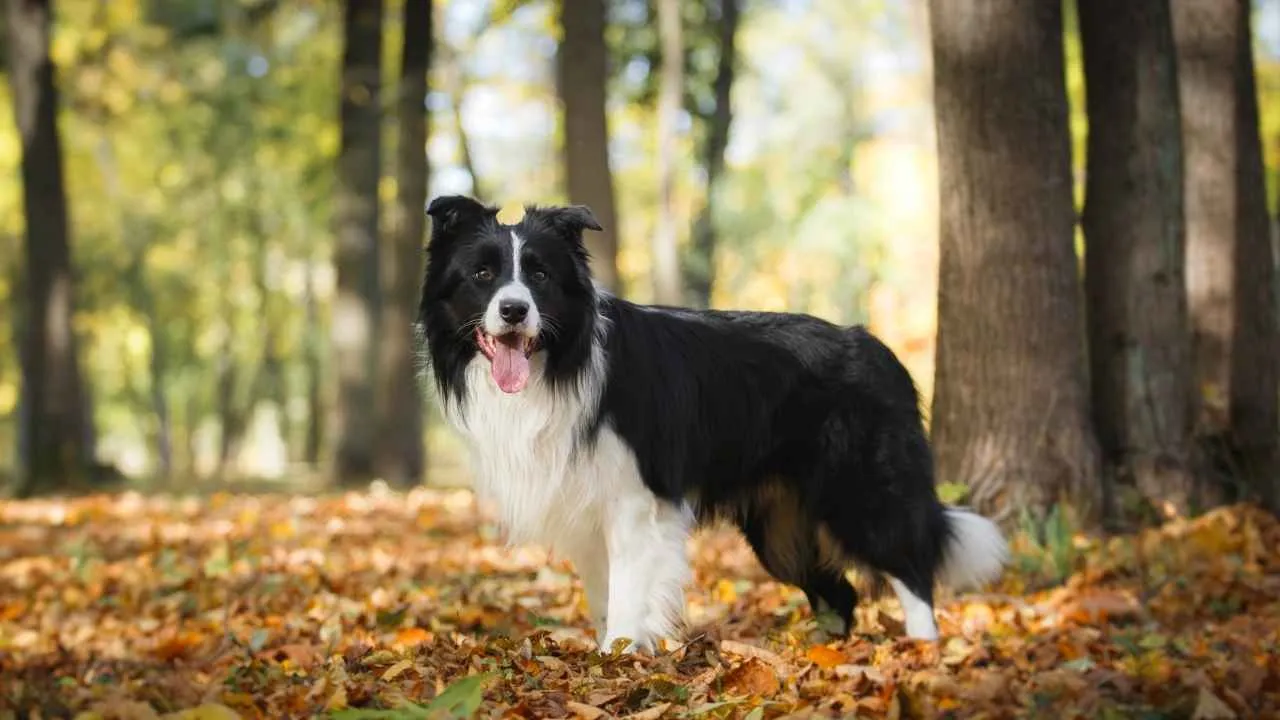
Picture a dog breed with the IQ of a child prodigy, the athleticism of an Olympic sprinter, and the work ethic of a caffeinated overachiever — and you’ve got the Border Collie.
Border Collies are classic working dogs. They were originally bred for herding livestock, especially sheep, and are known for their incredible intelligence, stamina, and strong herding instincts. This isn’t your average doggo. This is the CEO of the canine world, and let’s be honest — your tiny apartment setting might just cramp their style.
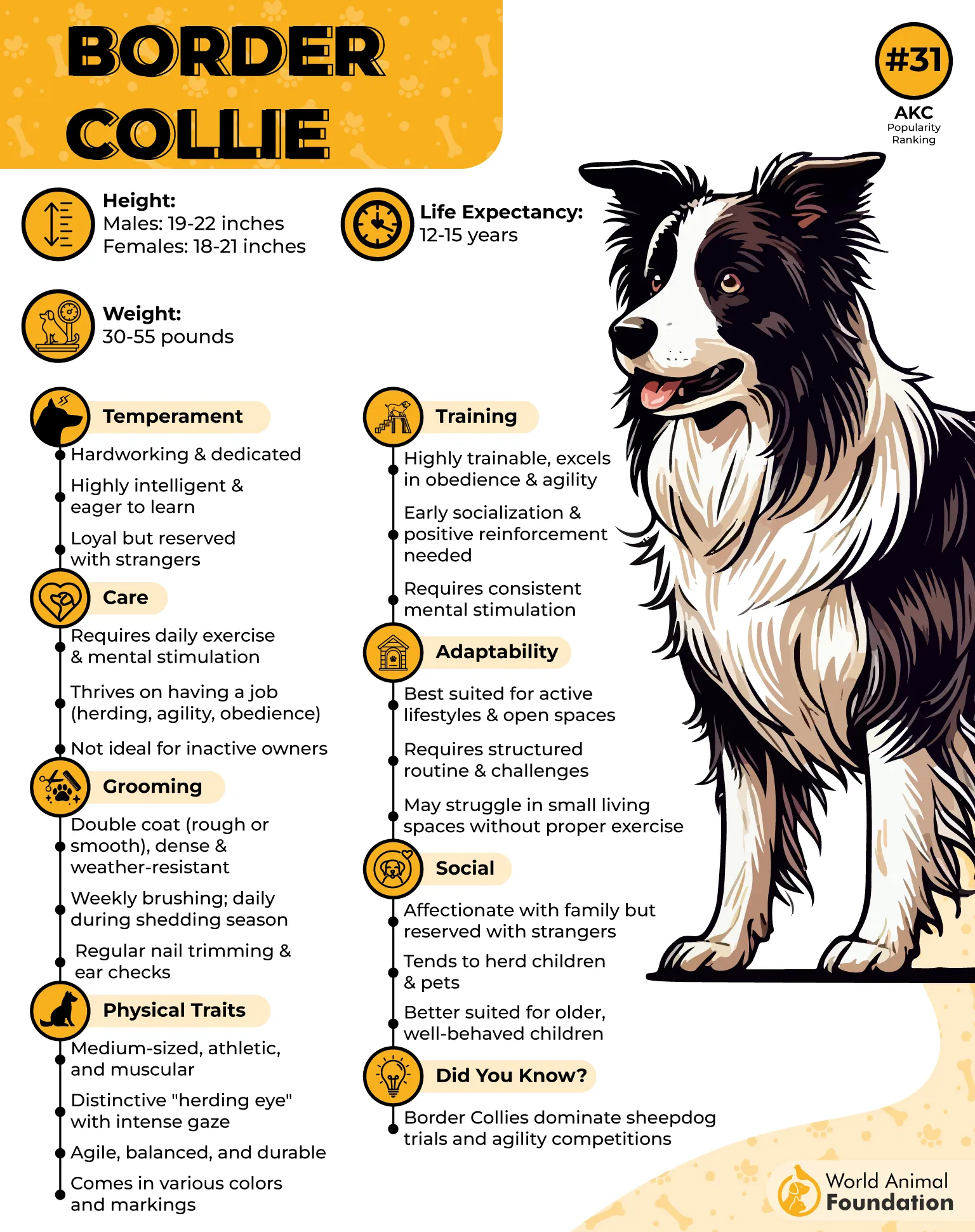
Why They’re Not Built for Apartment Life
Mental Overdrive: Border Collies aren’t just smart — they’re scary smart. If they don’t have tasks, games, or sheep to herd (yes, even imaginary ones), they’ll get creative… usually in ways you won’t like.
Energizer Pup: Think two hours of zoomies, fetch, agility drills, or intense staring contests with squirrels — every single day.
Noise Radar: Fireworks? Thunder? A pigeon flapping four blocks away? Yep, your Collie will let you know. Loud noises and random sounds can trigger a full-blown bark-fest.
Shoe Demolition Crew: Bored Border Collies become interior designers — mostly by rearranging your furniture and turning your shoes into chew toys.
The Good Stuff (for the right home)
Super loyal and eager to please
Can learn new tricks faster than you can Google them
Make amazing companions for farm life, big yards, or ultra-active humans
Bonus Fact
Older Border Collies do mellow out a bit — they may only need about 30 minutes of exercise a day if they’re feeling the aches and pains. But don’t count on too many lazy days — even seniors will challenge you to a mental game or two.
2. Australian Shepherd
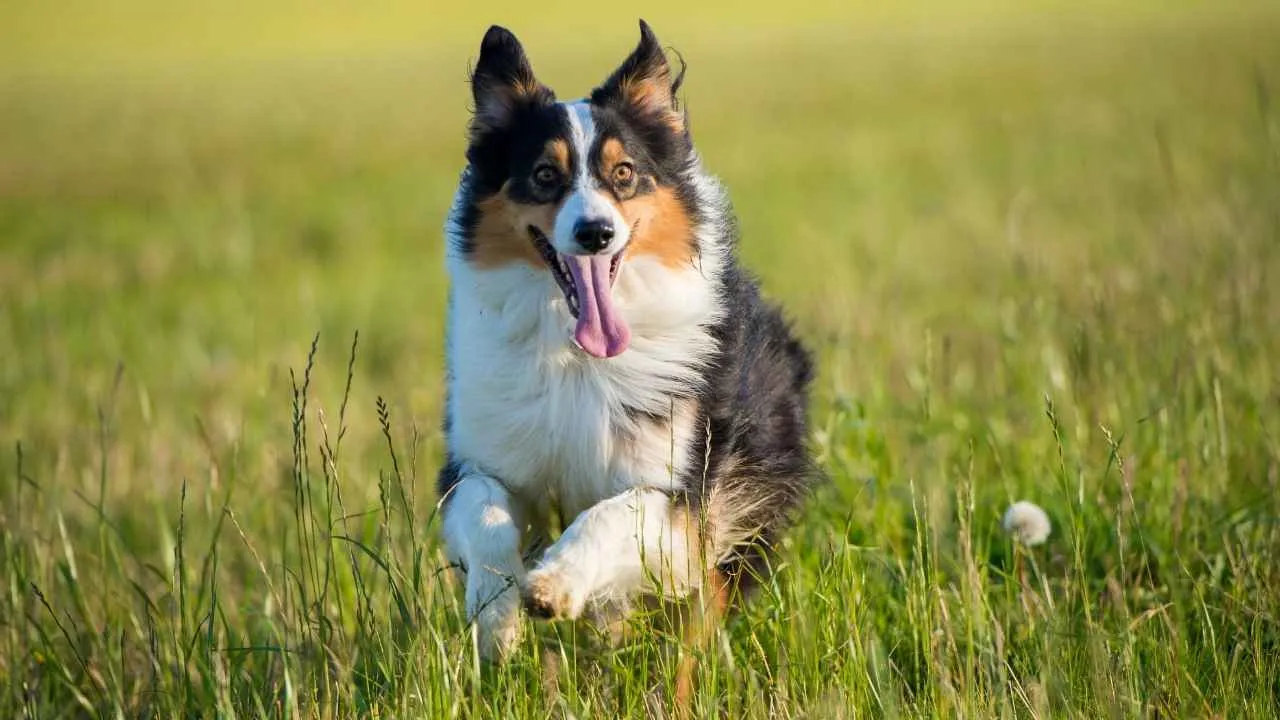
Known as the ‘Aussie’, this medium-sized powerhouse was bred to herd livestock — basically, the original multitasker of the dog world. If work ethic were a dog, it’d be the Aussie, wearing a whistle and a stopwatch.
Standing at a respectable 18–24 inches tall and tipping the scales between 40–65 pounds, these furry companions bring a perfect mix of muscle, smarts, and sass. Males usually sport a bit more bulk, but both sexes have enough energy to power a small city.
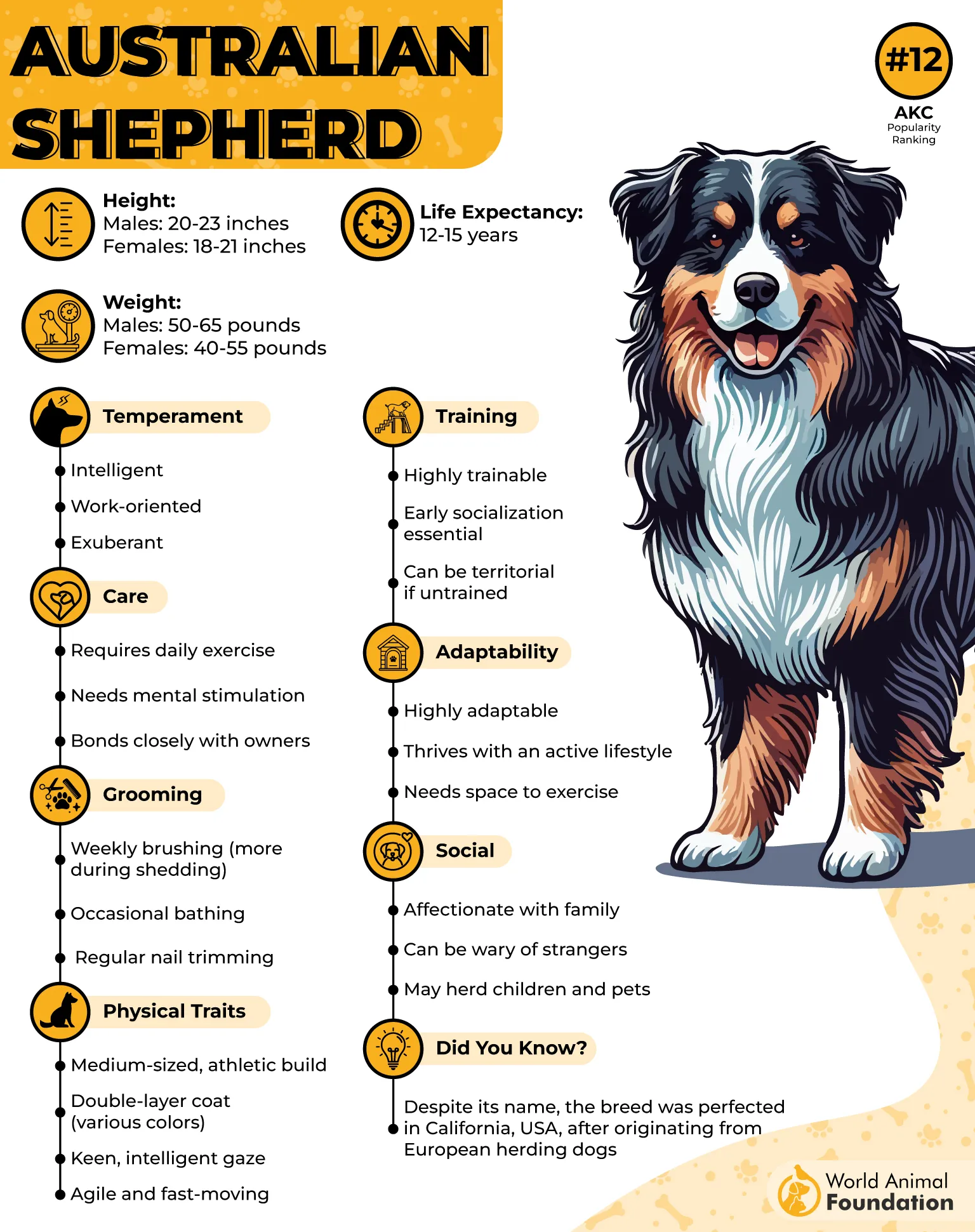
Why Aussies Aren’t Apartment Dogs
They crave space to roam and jobs to do. Small indoor spaces? Not a great fit unless you’re dedicated to marathon daily walks and brain games.
If cooped up, they’ll turn your couch into their personal trampoline or your shoes into chew toys (déjà vu, anyone?).
Why Aussies Are So Awesome (and a bit high-maintenance):
Super intelligent and eager to learn new tricks — training isn’t a chore; it’s a bonding party.
PetMD says they love their family fiercely but might play a little hard to get with strangers at first.
They thrive on praise, treats, and all the belly rubs you can muster, making housebreaking and manners easier than you’d think.
No, they do not have aggressive behavioral issues, but if someone steps on their turf, they’ll let you know — think more “friendly guard” than “alarm siren.”
These medium-sized pups need daily workouts — regular exercise, running, playing, herding your socks (just kidding, but not really). Without enough activity, your Aussie might audition for a role as your household chaos coordinator.
3. Siberian Husky
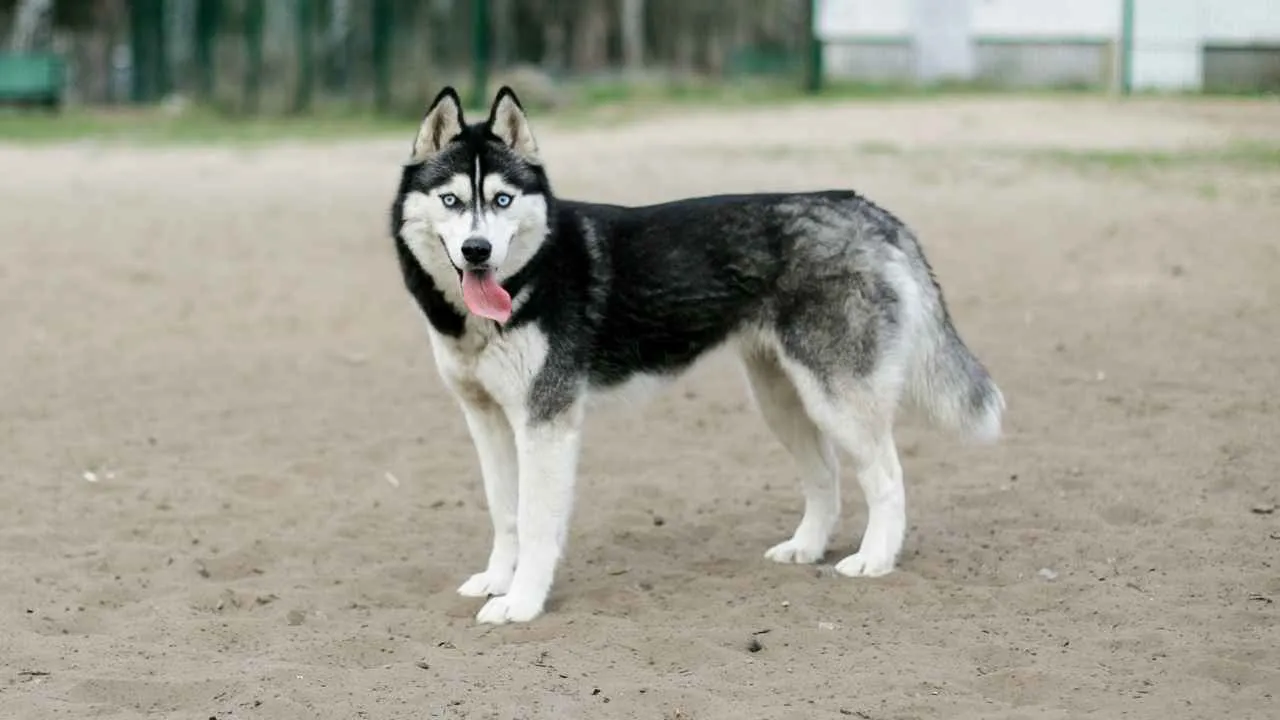
If you’re looking for a jogging buddy who never quits — and also happens to be a bit of a chatterbox — meet the Siberian Husky. Standing between 20 and 23.5 inches tall and weighing up to 60 pounds, these muscular dogs pack a ton of energy and personality into a medium-sized frame.
According to the PDSA, these pups are among the fastest sled dog breeds and can run for hours without so much as breaking a sweat. Basically, they’re the marathon runners of the dog world, with fur.
Huskies come from icy climates, making them perfect pals for hiking snowy mountains or brisk winter walks. Hot yoga? Maybe not their thing.
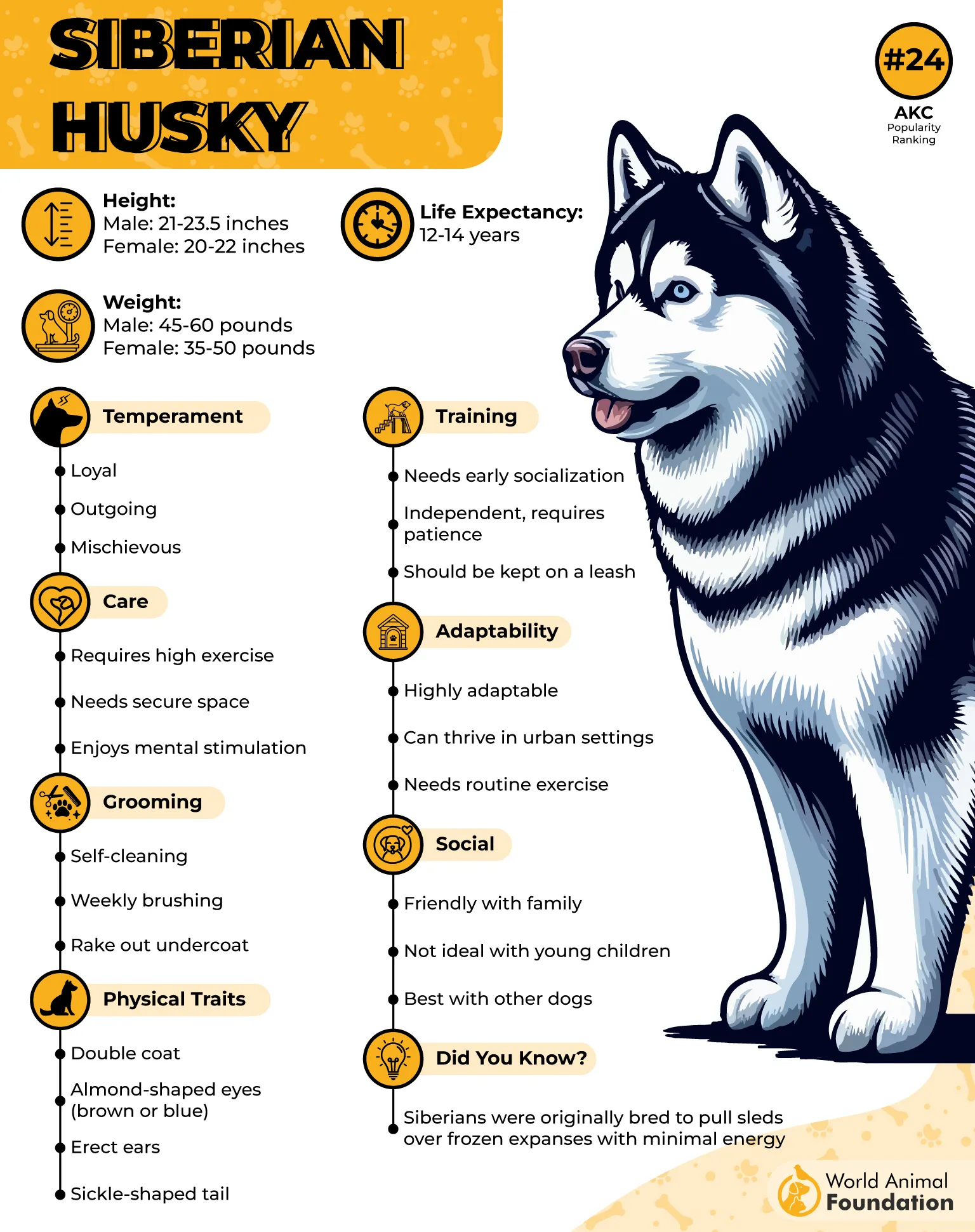
What Makes Huskies Misfit as Apartment Dog
Vocal Virtuosos: Huskies are not quiet neighbors. They howl, sing, chatter, and hold full conversations — loudly. If you live in an apartment with thin walls, beware the Siberian opera!
Smart but Sassy: These pups are clever, but can also be a handful — think of them as your mischievous best friend who needs firm, experienced leadership.
High Energy, High Maintenance: Without enough daily exercise, expect your Husky to become a Houdini—digging, chewing, and plotting daring escapes in search of adventure.
Daily Life with a Husky
Huskies shed a LOT. Twice a year, they blow their undercoats in a fur explosion that requires frequent brushing to keep your home (and your clothes) manageable.
Exercise needs? At least 40 minutes a day, preferably running or jogging alongside you — these dogs live to run!
Off-leash? Not advised unless you’re in a secure, fenced area. Their high prey drive means squirrels and rabbits are irresistible temptations.
4. Dalmatian

Dalmatians are like the ultimate energetic sidekick who loves being part of the family squad. When properly socialized, they make fantastic family pets and tend to get along beautifully with kids, though their boundless energy might be a bit much for the tiniest tots.
According to Hillspet, these pups thrive on your company. Leave them alone too long, and you might come home to a redecorated couch—or a very dramatic pout that could rival a soap opera star.
Dalmatians are fiercely loyal and can be excellent watchdogs. They’ll alert you to visitors and keep an eye on their family with dedication.
While they usually get along well with children, some Dal experts warn that their high energy might be a bit much for very small kids. Safety first!
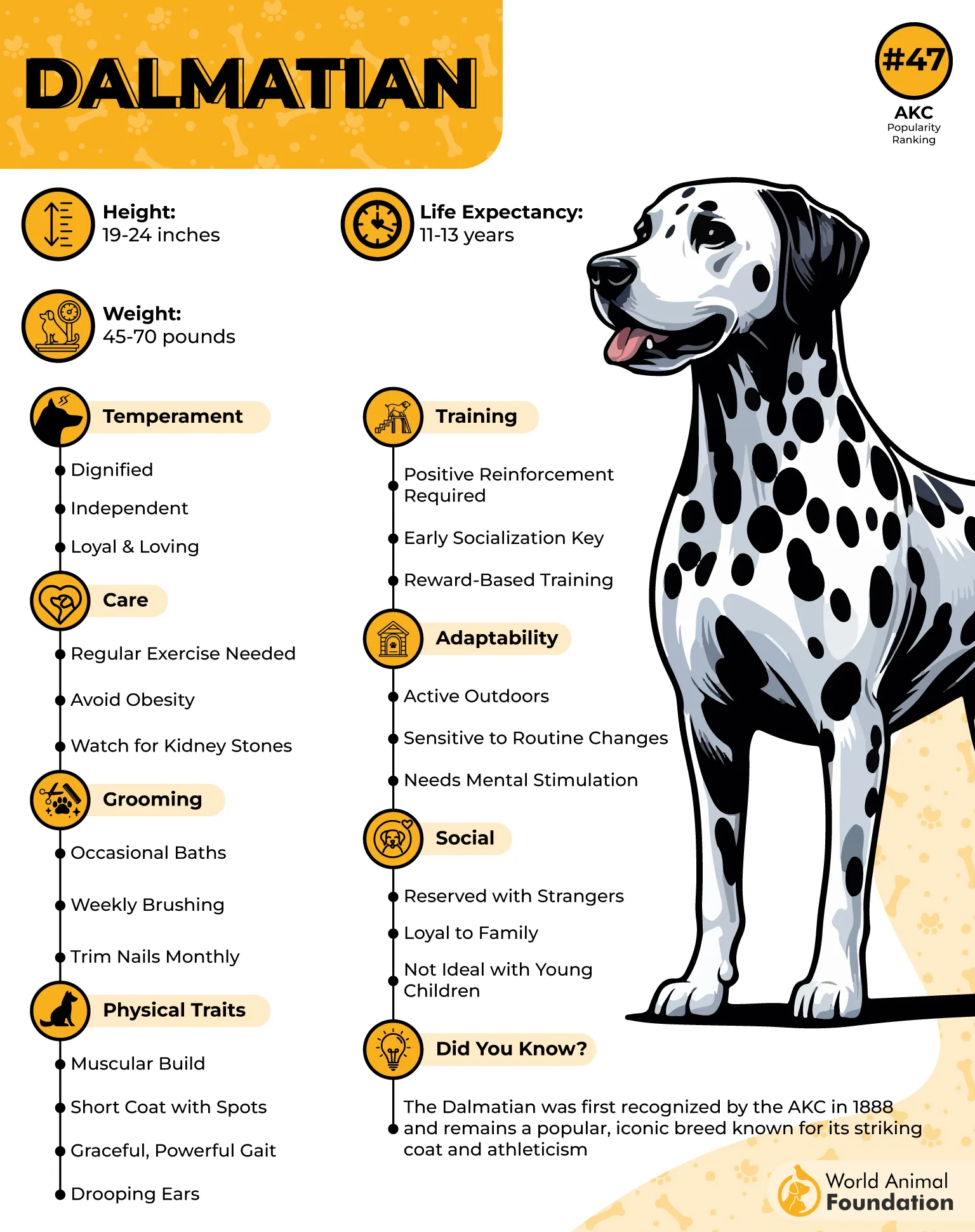
If you’re thinking about apartment life, think again. These dogs need more space to zoom, run, and play—plus, they’re loud when bored, so your neighbors might not become fans of your new spotted roommate.
These pups are intelligent and trainable, but they come with a strong memory for both good and bad experiences. Mistreat them, and they won’t forget it anytime soon—so kindness is key.
Personality Quirks to Know
Some Dalmatians are shy or reserved around strangers.
One of the fastest dog breeds.
Others can be aggressive toward unfamiliar dogs if not properly socialized.
A few might be a little high-strung—think of them as the drama queens of the dog world.
5. Weimaraner
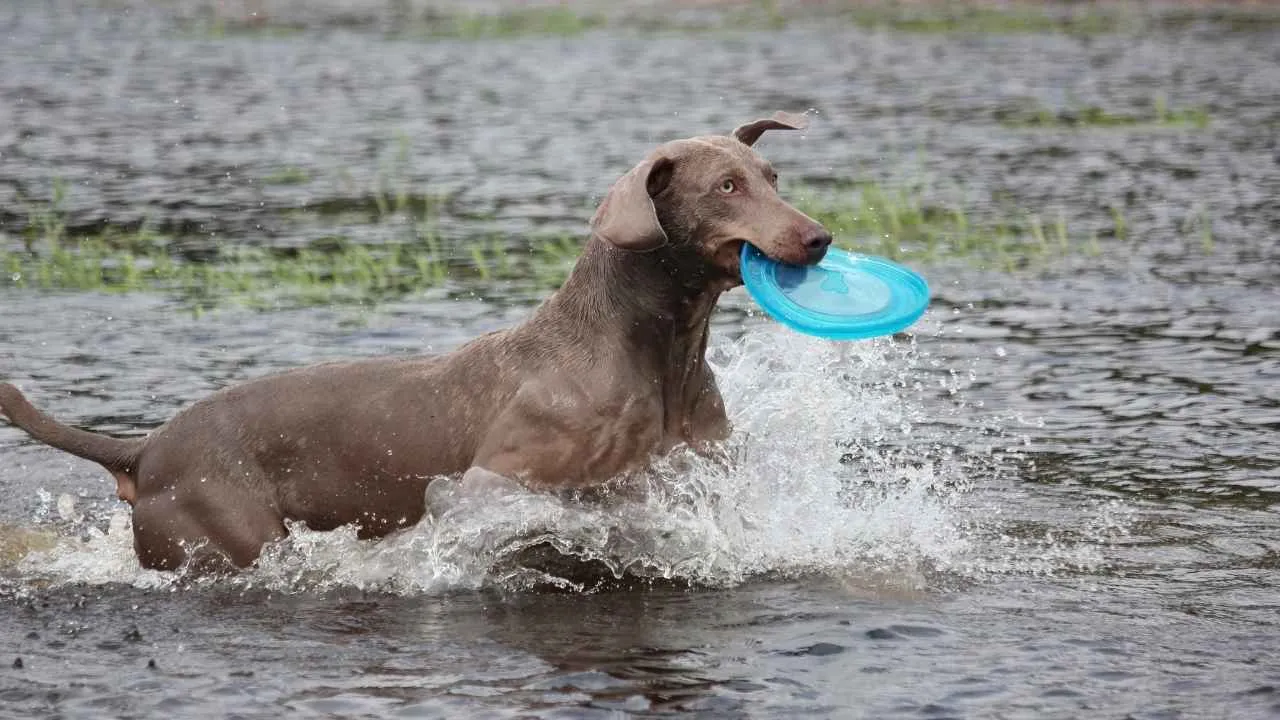
If elegance and energy had a doggy poster child, it would be the Weimaraner. This noble German hunting dog breed was born to chase big game like boars and deer, and they’ve kept that athletic spirit alive ever since.
With their sleek silver-grey coat and striking amber or blue-grey eyes, they look like they just stepped off a runway — or a secret agent mission.
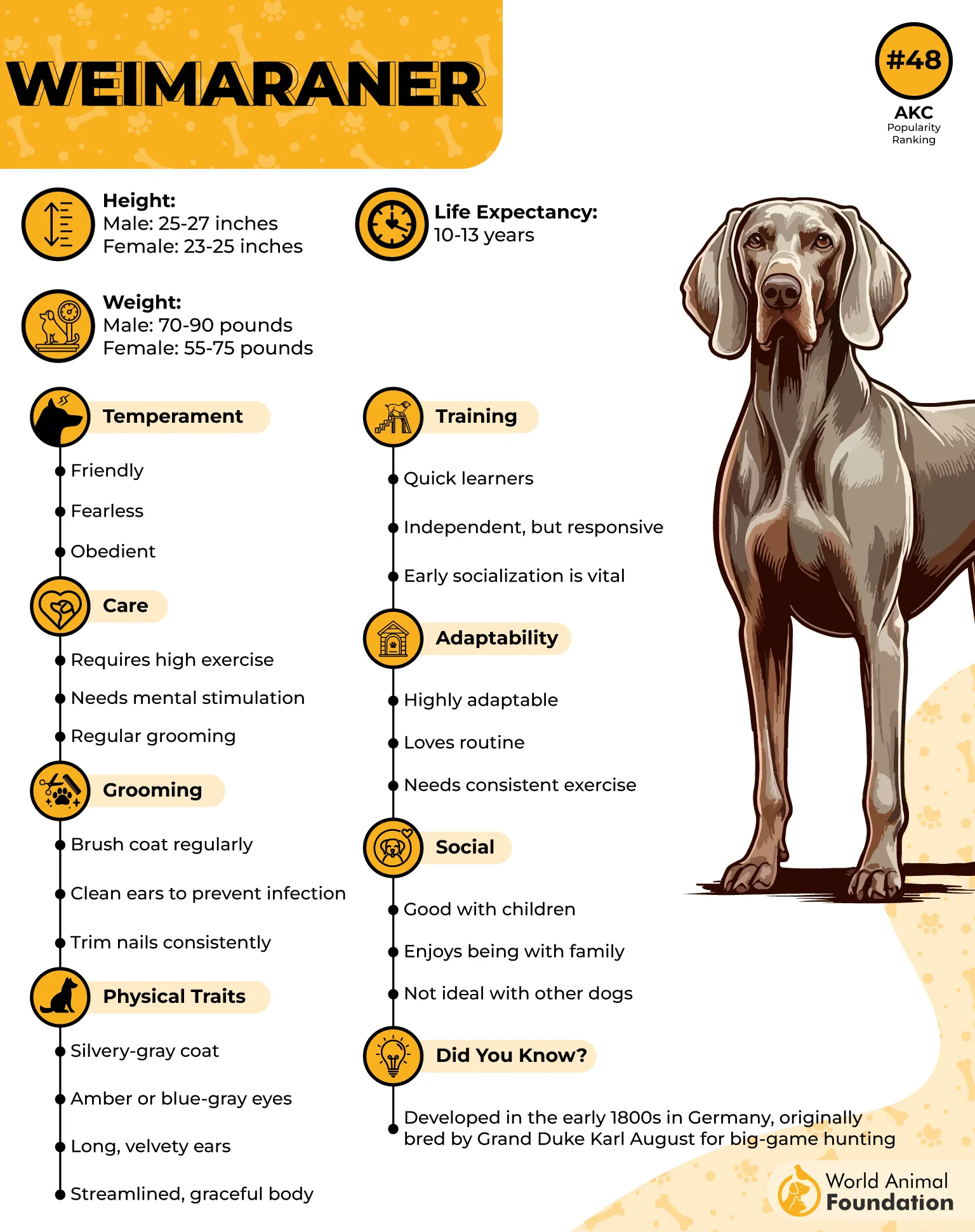
Why Weimaraners Steal Hearts
Loyal to the Core: These pups bond hard and fast with their humans. Leave them solo for too long, and you might come home to a sad face or some unexpected “home improvements.”
Great with Kids (Mostly): Friendly and gentle when socialized young, but their zoom-zoom energy can overwhelm toddlers, so supervise those play sessions!
Natural Watchdogs: Alert and protective, they’ll keep an eye on your territory like a furry security system.
Weimaraners need at least 2 hours of vigorous activity every day—think running, jogging, hiking, or an epic game of fetch in a safe yard.
The Weimaraner Owner’s Lifestyle Checklist
Love the outdoors? Check.
Ready to jog, hike, or run? Check.
Enjoy a loyal, loving dog who’ll keep you on your toes? Double check.
With the right energy outlet and tons of love, the Weimaraner is a brilliant family dog that’ll stick by your side through thick and thin.
6. Belgian Malinois
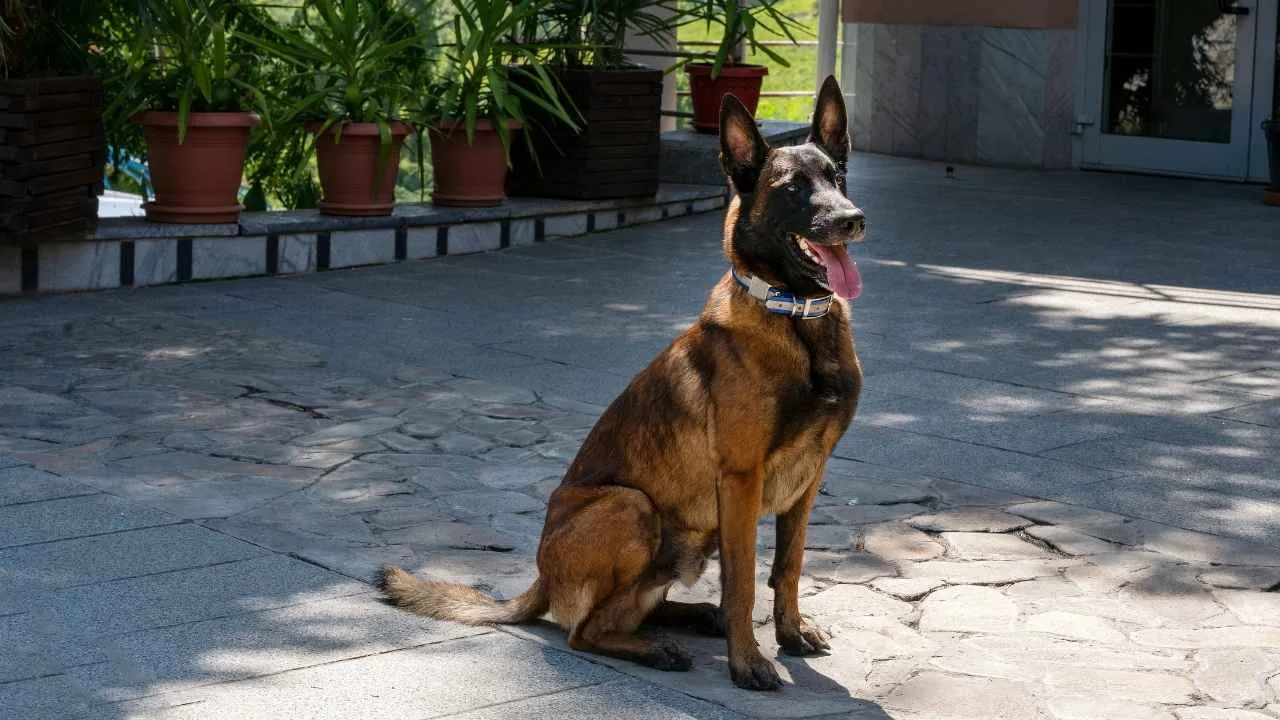
Meet the Belgian Malinois: a sheepdog from Belgium with a brain and energy level that’s practically off the charts.
Originally bred as a hardworking sheepdog in Belgium, these dogs thrive when they’ve got a job to do, which is why you often see them rocking police or military uniforms (well, not literally, but you get the idea).
These dogs thrive when they’ve got a job to do, making them the go-to choice for police, military, and super-energetic dog lovers.
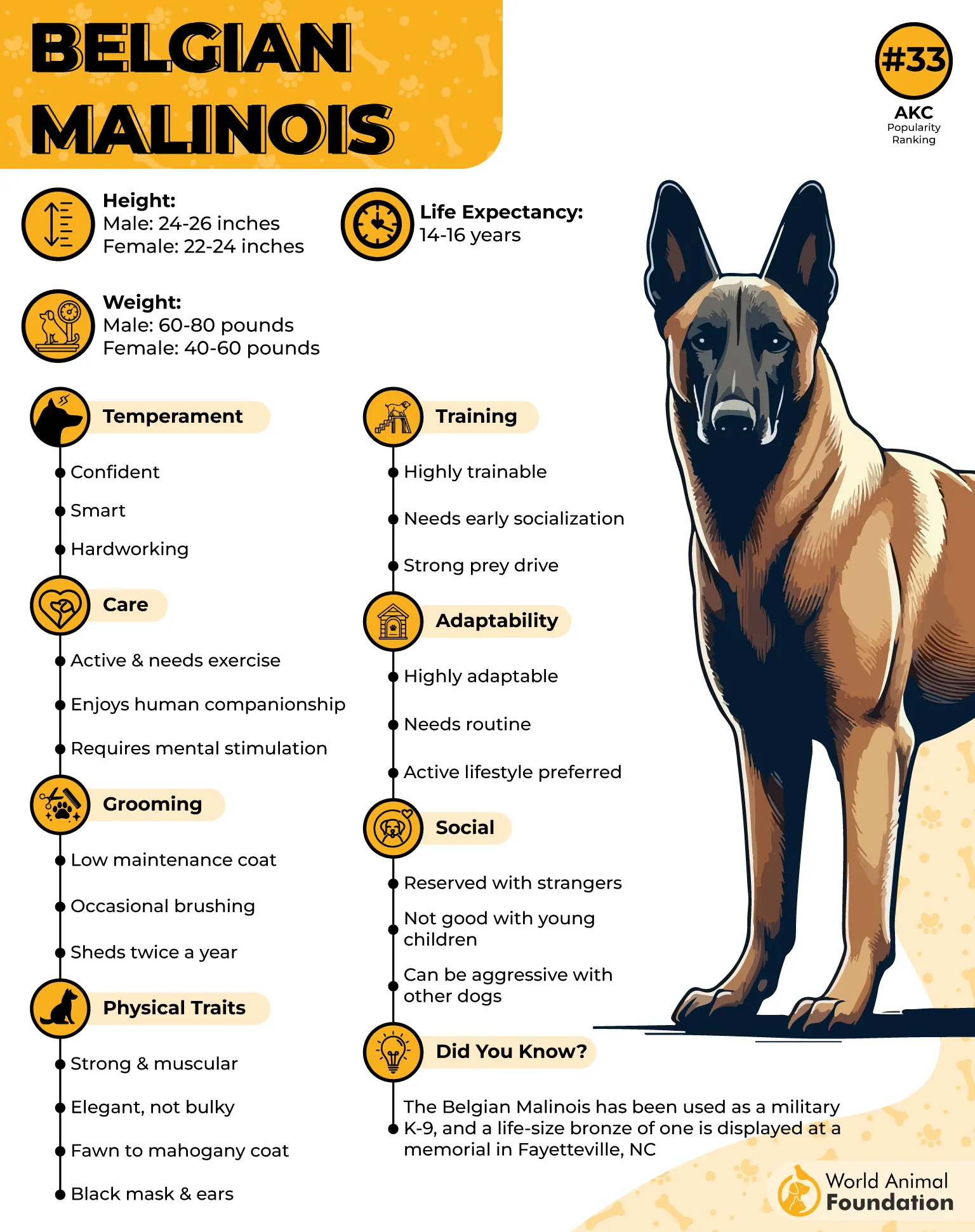
What Makes the Malinois So Special
Workaholic Extraordinaire: They need a purpose — without enough mental and physical stimulation, boredom can turn them into tiny chaos machines.
Loyal and Loving: While they’re friendly and affectionate with their main humans, don’t expect them to be couch potatoes or chillers.
Sports and Challenges? Bring it on: Dog sports, obedience training, agility, and endurance activities will keep their sharp minds and bodies happy.
Low Maintenance Grooming: Short, straight, weather-resistant coat means brushing is quick and easy.
Is a Belgian Malinois Right for You?
Unless you’ve got a penthouse-sized apartment with a private park, this breed needs lot of space to run and play like the athlete they are.
If you’re active, patient, and ready to commit to lots of playtime, training, and challenges, this dog will be your ultimate sidekick. But if your lifestyle leans more “Netflix and chill” than “run a marathon,” you might want to admire this superstar from afar.
7. Vizsla

If you want a four-legged shadow who’s equal parts athlete and cuddle expert, the Vizsla is your dog. Hailing from Hungary (yes, they know a thing or two about endurance), these sleek, red-golden beauties were bred as hunting companions—and their name literally means “pointer” in Hungarian. Stylish, smart, and seriously sporty!
PetMD notes that Vizslas are often called “Velcro dogs” because they love to stay close to their owners at all times.
Why the Vizsla Wins Gold in the “Best Dog Buddy” Olympics
Kid- and Pet-Friendly: Patient, loving, and incredibly social, Vizslas usually get along with everyone, from toddlers to your neighbor’s cat.
Emotional MVP: These dogs have a sixth sense for moods. Feeling down? Your Vizsla might just curl up beside you with the perfect doggy version of a hug.
This breed needs at least 7 hours of exercise per week — walking, jogging, running, swimming… You name it, they’re in. So if your ideal weekend involves Netflix marathons, this might not be your dog. But if you’re the outdoorsy type, prepare for a lifetime of adventures!
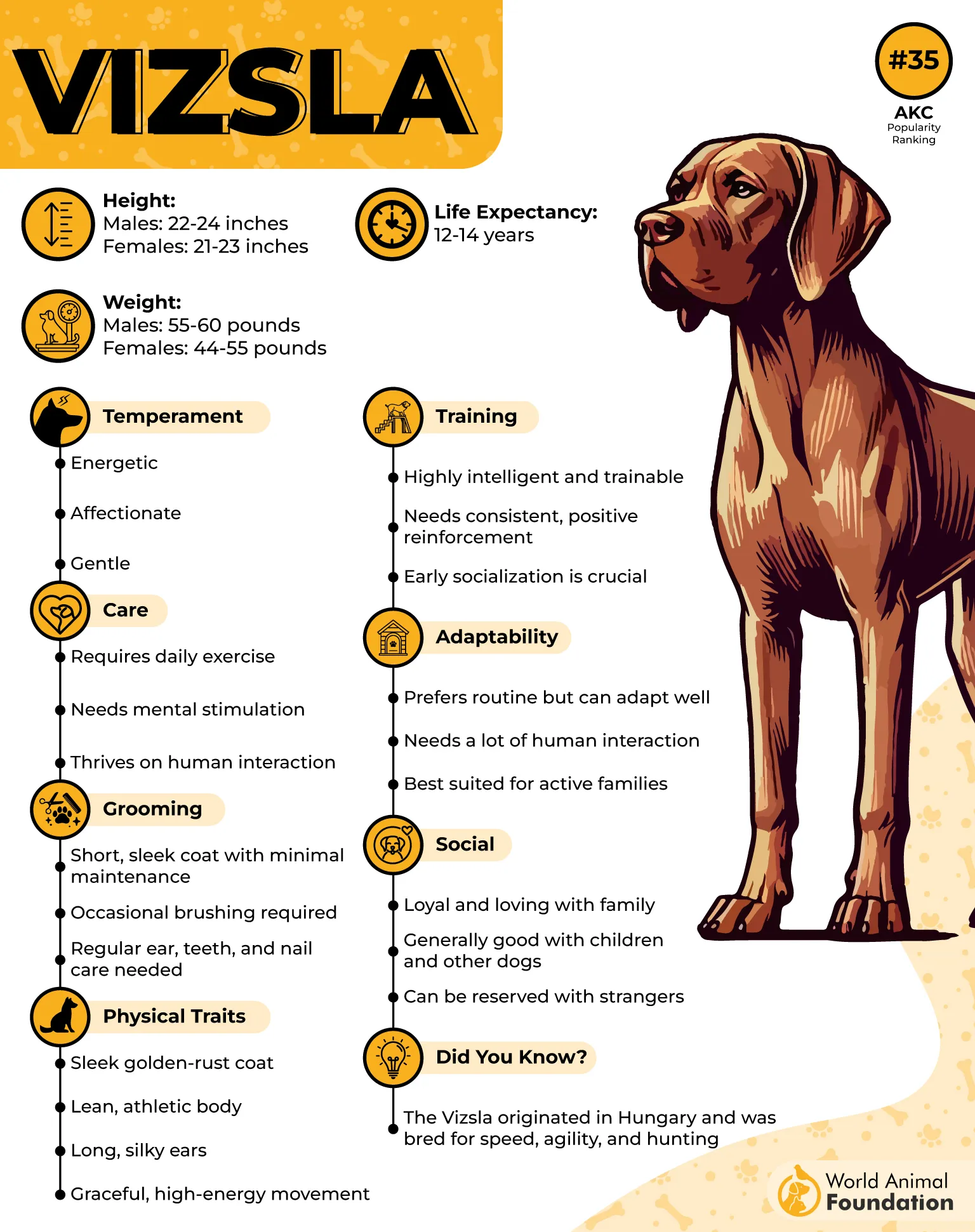
With their energy levels, Vizslas need space to roam and burn off steam. Apartment living? More like “apartment-sitting” — not their style.
With their brains, brawn, and big hearts, Vizslas make amazing lifelong partners — just be ready to keep up!
Conclusion
High-energy breeds are often considered some of the worst choices for apartment living due to their specific needs and behaviors. Other dog breeds like German Shepherds, Australian Cattle Dogs, Jack Russell Terriers, Labrador Retrievers, Cavalier King Charles Spaniels, Pit Bulls, Golden Retrievers, and Great Danes tend to have pent-up energy that can be difficult to manage in smaller spaces. These furry friends require regular exercise and outdoor space to stay well-behaved and avoid aggressive behavior caused by boredom or frustration.
Apartment dwellers and dog owners living in many apartments often face breed restrictions because certain breeds, especially large dogs or those with high activity levels, may not be well suited for life in limited space. Without enough exercise and regular walks, these dogs can become restless, causing disturbances to other residents and increasing stress for the owners.
Moreover, apartment renters with little or no access to outdoor areas may struggle to provide the physical activity these breeds need, leading to pent-up energy and behavioral issues. For apartment dwellers, choosing dogs that adapt well to smaller spaces and have lower energy levels ensures a happier life for both the furry friend and their owners, fostering a peaceful environment for all residents.


